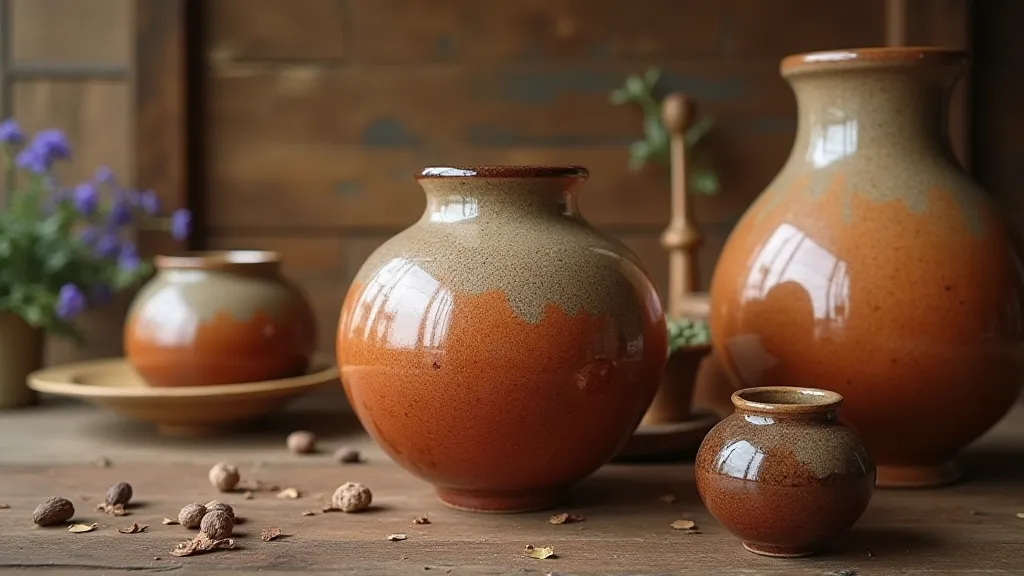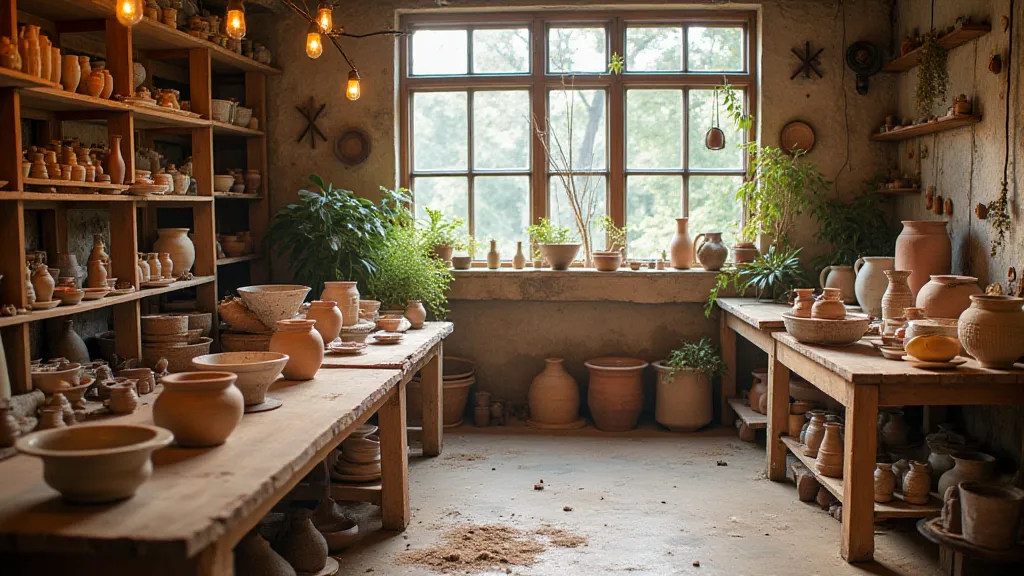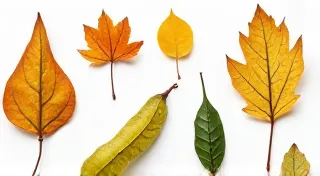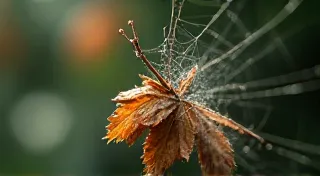The Clay's Metamorphosis: Firing Traditions Across Continents
Pottery. The very word conjures images of earthy tones, the gentle curve of a vessel, the satisfying weight in your hand. But the beauty of a ceramic piece isn't simply inherent in the clay itself. It’s a product of a transformative process, a metamorphosis brought about by fire. Across the world, civilizations have developed profoundly different firing traditions, each born from local resources, practical needs, and a unique cultural sensibility. These aren’t just techniques; they’s stories etched in smoke and heat, testaments to human ingenuity and a deep, almost spiritual, connection to the earth.
I remember the first time I really understood this. I was in Jingdezhen, China, the so-called "Porcelain Capital" of the world, visiting a kiln master who had dedicated his life to perfecting the ancient techniques. The air was thick with the smell of woodsmoke, and the roar of the fire was almost deafening. Watching him tend to the kiln, his movements precise and deliberate, I felt an overwhelming sense of reverence. It wasn't just about firing pottery; it was about honoring a lineage, preserving a craft passed down through generations. The finished pieces, gleaming white and translucent, seemed to embody that reverence - a visible manifestation of centuries of accumulated knowledge and dedication.
Kiln Types: Echoes of History
The heart of any regional pottery tradition lies in its kiln. Different types of kilns dictate the atmosphere within, influencing the color, texture, and overall characteristics of the fired clay. Early kilns were typically simple pit kilns, essentially holes dug in the ground lined with clay and fired with wood. These produced earthenware, a porous, low-fired pottery suited for utilitarian purposes. As technology advanced, so too did the kilns. Beehive kilns, with their distinctive domed shape, became common, allowing for higher firing temperatures and denser wares.

In Japan, the Anagama kiln exemplifies a commitment to natural firing. These long, tunnel-shaped kilns are built into hillsides, utilizing the earth’s insulation to maintain even temperatures. The firing process can take days, with the potter carefully controlling the airflow to achieve unique, unpredictable effects. The resulting pottery, often referred to as "kutsugiri" (pottery with scratches), bears the marks of the fire – subtle color variations and intentional imperfections that are celebrated as part of the aesthetic. This embodies a profound respect for the uncontrollable nature of the process. It’s a deliberate embrace of the unexpected.
African Firing Traditions: Smoke and Storytelling
Moving across the globe, we encounter distinct traditions in Africa. In many regions, particularly in West Africa, traditional pottery firing often involves smoking the vessels in underground chambers or pit kilns. This technique produces a characteristic black or reddish-brown coloration, often referred to as “black ware” or “terracotta.” These colors aren’t simply visual effects; they’s integral to the cultural significance of the pottery. The smoke itself is believed to infuse the vessels with protective properties and ancestral blessings. Often, the decoration isn’t just about aesthetics but conveys meaning and story – a concept explored in greater detail in articles examining the unspoken language of ornamentation and storytelling in pottery. In some communities, the firing ceremonies are elaborate events, accompanied by music, dance, and storytelling. The pottery isn’t just a functional object; it’s a repository of cultural memory and a link to the spiritual realm.
The firing process in Nigeria, for example, often involves placing the pottery inside a pit lined with charcoal and covered with layers of leaves and dung. The lack of oxygen during firing creates a reducing atmosphere, which turns the iron oxides in the clay black. This black ware is often used for ceremonial purposes, and its color is associated with strength, resilience, and connection to the earth.
South American Innovations: Reductions and Resistance
In South America, particularly in the Andes region, pre-Columbian cultures developed remarkable firing techniques. The Inca, renowned for their architectural prowess, also demonstrated exceptional skill in pottery firing. They utilized reduction kilns, similar to those used in Africa, but with a deeper understanding of their chemical effects. These kilns, often built from adobe and carefully designed, allowed for the creation of highly sophisticated ceramics, often featuring intricate designs and vibrant colors. The tradition continues, albeit often facing the challenges of modern industrial methods, as indigenous artisans strive to preserve their ancestral knowledge. The deliberate act of preserving this knowledge can involve piecing together fragments of history, much like how broken pottery is carefully fractured vessels are reassembled, revealing stories from the past.
A poignant example is the pottery of the Quechua people of Peru. For centuries, they have maintained the practice of firing pottery in underground kilns, utilizing locally sourced materials. Despite facing pressure to adopt more efficient, modern methods, these artisans remain committed to preserving their traditional techniques. This isn’t just about continuing a craft; it’s an act of cultural resistance, a declaration of identity in the face of globalization.
European Approaches: From Roman Ovens to Dutch Stains
European pottery firing traditions are equally diverse, reflecting the continent's rich and complex history. Roman kilns, sophisticated for their time, used intermittent firing cycles to achieve higher temperatures and more consistent results. In the Middle Ages, wood-fired kilns were common, producing the characteristic rustic wares of the era. Later, Dutch pottery gained renown for its use of iron-rich clay, which, when fired in a reducing atmosphere, creates distinctive reddish-brown stains. These stains, often referred to as “bruining,” add depth and complexity to the finished product.

The evolution of European ceramic techniques often mirrors broader social and economic shifts. The rise of industrialization led to the development of coal-fired kilns, which allowed for mass production. However, in recent years, there has been a renewed interest in traditional wood-fired pottery, as artisans seek to reconnect with the earth and preserve the unique character of wood-fired wares. The importance of skilled hands and personal dedication often highlights the quiet strength of female voices, traditionally and often overlooked, within these practices.
The Science of Fire: Chemical Reactions and Color Transformation
Beyond the cultural narratives, the firing process itself is a fascinating interplay of chemistry. The color of fired pottery is largely determined by the chemical composition of the clay and the atmosphere within the kiln. Reduction firing, as practiced in Africa and South America, involves limiting the oxygen available during firing. This encourages chemical reactions that reduce iron oxides, leading to darker colors like black or brown. Conversely, oxidation firing, where there’s ample oxygen, promotes different reactions that produce brighter colors. Understanding these chemical processes requires a nuanced comprehension of glaze formulation and firing schedules, topics often explored when discussing the glaze's alchemy and understanding regional color palettes.
The Enduring Legacy
The diversity of pottery firing traditions around the world is a testament to human creativity and ingenuity. Each technique embodies a unique cultural sensibility and reflects a deep connection to the local environment. From the smoky chambers of Africa to the long tunnels of Japan, these traditions represent a living heritage, passed down through generations. The clay’s metamorphosis, its transformation through fire, isn't just a scientific process; it’s a cultural narrative, a story of human connection to the earth, a vibrant expression of identity. As we appreciate the beauty of a ceramic piece, let’s remember the long and intricate journey it took to become what it is - a tangible link to the past, and a beacon of enduring craftsmanship.






